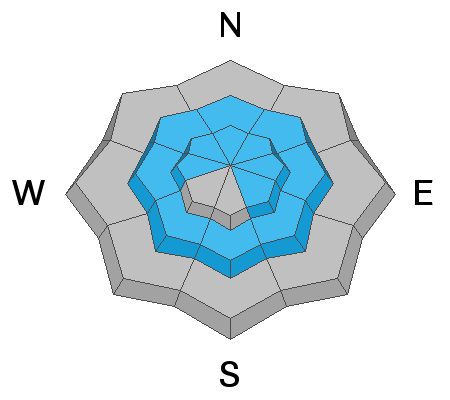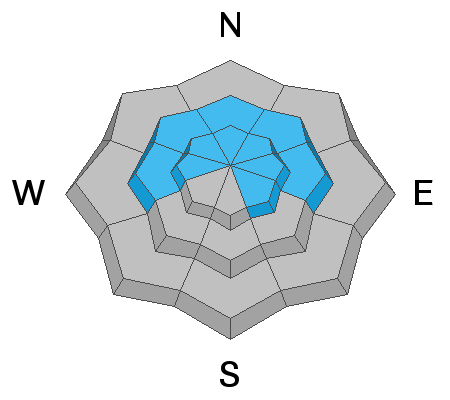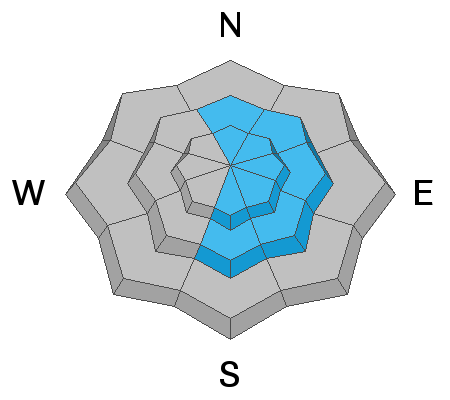Forecast for the Provo Area Mountains

Issued by Drew Hardesty on
Saturday morning, February 16, 2019
Saturday morning, February 16, 2019
Areas of CONSIDERABLE DANGER exist for heavily wind loaded slopes. The danger is most pronounced on upper elevation northerly through easterly facing terrain. Non-wind drifted slopes have a MODERATE danger. Cornices are an issue - Exercise great caution along and underneath the heavily corniced ridgelines.
Safe Travel Protocols are critical: one at a time, get out of the way at the bottom, have a plan.

Low
Moderate
Considerable
High
Extreme
Learn how to read the forecast here











